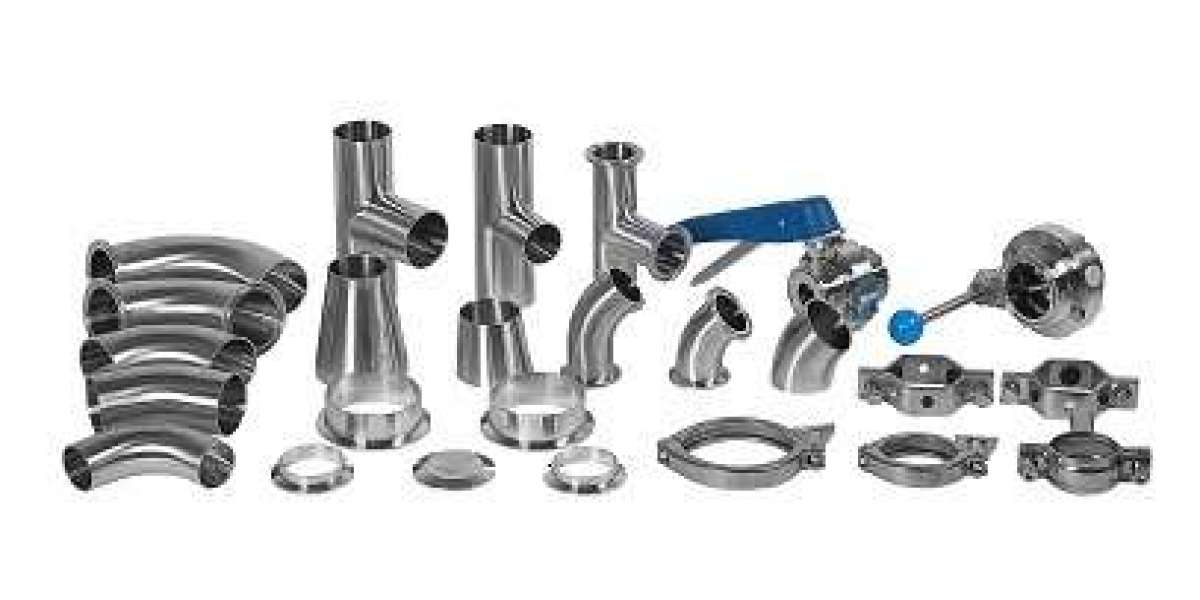Maintaining a small mixing tank is essential for ensuring product quality, operational efficiency, and safety in industries like food, beverage, brewing, and extraction. Proper maintenance not only preserves the integrity of the tank but also prevents contamination and reduces downtime, leading to a more streamlined production process. Cedarstone Industry, a leading manufacturer of stainless steel process equipment, emphasizes the importance of maintaining mixing tanks according to strict hygiene and safety standards. Below, we explore best practices for cleaning and maintaining a small mixing tank, ensuring optimal performance over time.
Daily and Periodic Cleaning Procedures
Daily cleaning of a small mixing tank is crucial to prevent residue buildup and maintain sanitary conditions. Start by draining any remaining product completely. Use warm water to rinse the interior surfaces, removing visible debris. For sticky or stubborn residues, a mild food-grade detergent is recommended.
After the initial rinse, scrub the tank’s interior using non-abrasive brushes to avoid scratching the stainless steel surface. Pay particular attention to corners, weld seams, and valve areas where residues often accumulate. Rinsing thoroughly after scrubbing ensures no detergent remains, as this could affect product quality.
Periodic cleaning should be more intensive and might include disassembling tank components like agitators, valves, and spray balls. Soak removable parts in a sanitizing solution and scrub any buildup to prevent microbial growth. Inspect seals, gaskets, and fittings during these deep cleans, replacing worn components to maintain a tight, leak-free system.
Regular maintenance logs can help track cleaning schedules and ensure no step is overlooked. Documenting each cleaning cycle helps in maintaining compliance with safety standards such as ASME and 3A, which Cedarstone Industry rigorously adheres to.
Using CIP (Clean-in-Place) Systems Effectively
Clean-in-Place (CIP) systems are designed to streamline cleaning of small mixing tanks without requiring complete disassembly. A properly configured CIP system circulates cleaning solutions, rinses, and sanitizers through the tank and associated piping, ensuring thorough cleaning and consistent hygiene.
Begin by selecting a CIP solution compatible with the tank’s material and the type of residue. Stainless steel tanks, like those provided by Cedarstone Industry, can handle a variety of food-grade cleaning chemicals, including caustic solutions and acid cleaners. Ensure the solution is circulated for the recommended duration to remove all contaminants effectively.
Temperature and flow rate are critical parameters in CIP cleaning. High temperatures can enhance cleaning efficiency and kill bacteria, while proper flow ensures all internal surfaces are contacted. Automating the CIP process with programmable controls reduces human error and guarantees consistency across cleaning cycles.
After completing the CIP process, conduct a thorough rinse with clean water to remove any residual cleaning agents. Regular verification using swabs or visual inspection can help confirm that the small mixing tank is free from contaminants.
Preventing Contamination in Food and Beverage Production
Contamination is a major concern in food, beverage, and extraction industries, making proper small mixing tank maintenance vital. Microbial growth, chemical residues, and cross-contamination can compromise product safety and affect flavor, consistency, and shelf life.
To minimize contamination risks, always use dedicated cleaning tools and avoid cross-contact with other tanks or production areas. Ensure that all components, including valves, seals, and agitators, are sanitized and stored properly when not in use.
Implementing a preventive maintenance schedule is equally important. Regular inspections for wear, corrosion, or cracks in the tank prevent microbial ingress. Cedarstone Industry designs tanks with smooth, polished surfaces that are easier to clean and less likely to harbor bacteria, making contamination prevention more effective.
Air quality and surrounding environments also play a role in contamination control. Maintaining clean processing areas, using appropriate filtration systems, and minimizing exposure during transfers are essential practices. Training staff on proper hygiene and handling procedures further reduces contamination risks.
Tips to Extend the Life of Your Tank
Extending the life of a small mixing tank is a combination of proper cleaning, preventive maintenance, and mindful operation. Stainless steel tanks are highly durable, but improper care can lead to premature wear or corrosion.
Always avoid using harsh abrasives or unapproved chemicals that can damage the tank surface. Inspect and replace gaskets, seals, and valves regularly, as worn components can lead to leaks and contamination. Cedarstone Industry recommends following manufacturer-specific guidelines for routine checks and part replacements.
Temperature control is also critical. Avoid exposing the tank to sudden thermal shocks, which can stress the metal and welds. If your process involves heating or cooling, ensure gradual transitions and maintain within the recommended temperature range.
Lubricating moving parts, such as agitators, according to manufacturer instructions reduces mechanical wear and ensures consistent mixing performance. Additionally, using proper handling and lifting equipment during installation or maintenance prevents structural damage.
Regularly reviewing and updating cleaning protocols based on product changes or new regulations keeps your tank compliant and in optimal condition. A well-maintained small mixing tank can provide years of reliable service, reduce production downtime, and protect the quality of your output.
Conclusion
Maintaining and cleaning a small mixing tank is essential for product safety, equipment longevity, and operational efficiency. Daily and periodic cleaning, effective use of CIP systems, and proactive contamination prevention are all crucial steps in ensuring your tank remains in top condition. By following manufacturer guidelines, monitoring component wear, and adhering to proper maintenance schedules, you can maximize the lifespan of your tank and ensure consistent, high-quality production. Cedarstone Industry’s high-quality stainless steel tanks, designed for food, beverage, brewing, and extraction industries, offer durability and hygiene, making maintenance easier and more reliable. Proper care and cleaning not only protect your investment but also guarantee the safety and satisfaction of your end product.



